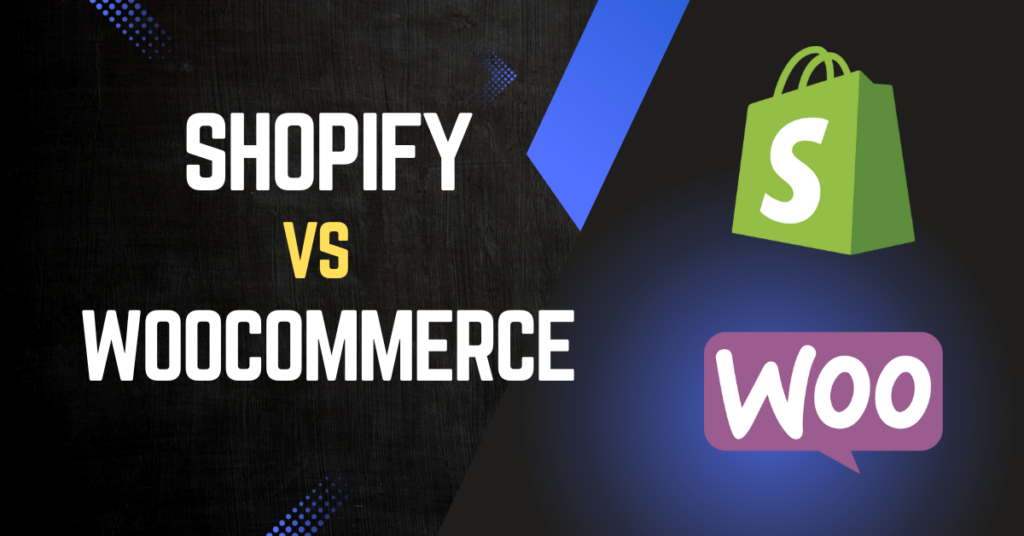Shopify vs WooCommerce – Which One is Right for You?

When starting an online store, one of the biggest decisions is choosing the right platform. Shopify and WooCommerce are two of the most popular eCommerce solutions, each with its own strengths and weaknesses. In this detailed comparison, we’ll break down the differences, pricing, server requirements, and ease of management. Plus, we’ll introduce Shopibx, a powerful alternative.
1. Overview: Shopify vs WooCommerce
| Feature | Shopify | WooCommerce |
|---|---|---|
| Hosting | Fully hosted | Self-hosted (requires a server) |
| Ease of Use | Beginner-friendly | Requires technical knowledge |
| Customization | Limited without coding | Fully customizable |
| Pricing | Monthly fee | Free (but requires hosting & plugins) |
| Scalability | Easy to scale | Depends on hosting quality |
Shopify is an all-in-one solution, while WooCommerce is a plugin for WordPress that turns a website into an eCommerce store.
2. Hosting & Server Requirements
Shopify
- Shopify takes care of hosting, security, and server maintenance.
- You don’t need to worry about setting up a server or managing updates.
- Shopify’s servers are optimized for eCommerce, ensuring fast load times.
WooCommerce
- Requires hosting, such as Bluehost, SiteGround, or VPS solutions.
- You need to install and maintain WordPress and WooCommerce.
- Server performance depends on the hosting provider and optimization.
3. Pricing Comparison
Shopify Pricing (Monthly Fees)
- Basic Shopify: $39/month
- Shopify: $105/month
- Advanced Shopify: $399/month
- Additional transaction fees (if not using Shopify Payments): 0.5%-2% per sale.
WooCommerce Pricing (Estimated Costs)
- WooCommerce Plugin: Free
- Hosting: $10-$50/month (depends on provider)
- Domain: $10-$15/year
- SSL Certificate: Free or $50+/year
- Paid Plugins & Themes (optional): $50-$300 one-time fees
WooCommerce is free, but you must pay for hosting, security, and premium features.
4. Customization & Flexibility
Shopify
- Easy-to-use drag-and-drop builder.
- Limited customization unless you modify the Liquid code.
- Over 140+ paid and free themes.
- App Store for additional features (some require extra fees).
WooCommerce
- Full control over design and features.
- Thousands of free and paid WordPress themes.
- Customization requires knowledge of PHP, CSS, and plugins.
5. Payment Processing & Transaction Fees
Shopify
- Shopify Payments (no extra fees) or third-party payment gateways (additional fees apply).
- Supports PayPal, Stripe, and other major providers.
WooCommerce
- No built-in payment gateway, but supports PayPal, Stripe, and 100+ options.
- No additional transaction fees beyond what payment processors charge.
6. Scalability & Performance
Shopify
- Built-in scalability with high-performance servers.
- Handles traffic spikes easily.
- No need to optimize servers or maintain security updates.
WooCommerce
- Performance depends on hosting provider and optimization.
- Can be resource-intensive, requiring caching and speed optimization.
- Requires ongoing security updates and maintenance.
7. Customer Support
Shopify
- 24/7 live chat, phone, and email support.
- Large community and help center.
WooCommerce
- No dedicated support; relies on forums and documentation.
- Some hosting providers offer support, but not for WooCommerce-specific issues.
8. Introducing Shopibx – A Better Alternative?
If you’re looking for a powerful, easy-to-use alternative, consider Shopibx. It offers:
- Fully managed hosting like Shopify but with lower costs.
- No technical setup required – get started in minutes.
- Unlimited templates and built-in SEO tools.
- Flexible pricing – more features at a lower price than Shopify.
- Free trial – launch your store in minutes without risk.
Start your free store with Shopibx now!
Final Verdict: Which One Should You Choose?
- Choose Shopify if you want an all-in-one solution and don’t want to deal with hosting or maintenance.
- Choose WooCommerce if you need complete control, customization, and lower long-term costs.
- Choose Shopibx if you want the best of both worlds – ease of use, affordability, and powerful features.
